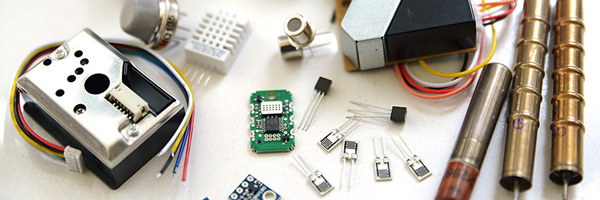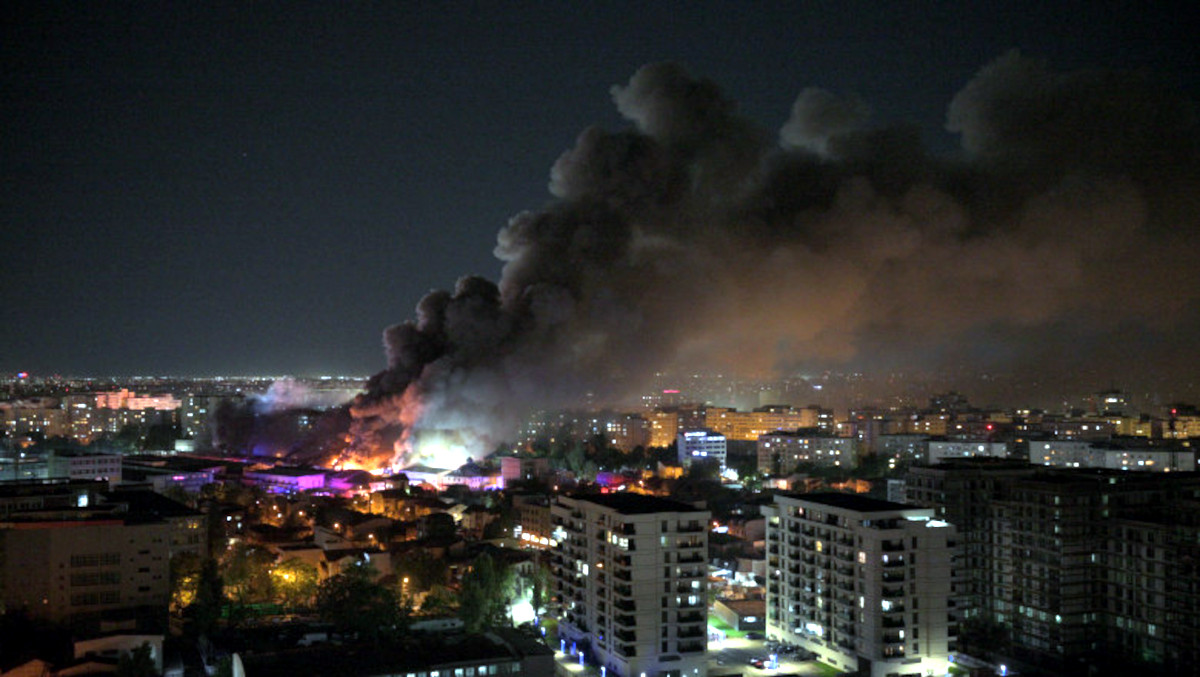
The uRADMonitor project started with a single network connected automated dosimeter, that quickly proved its usefulness and spawned into a global scale, full fledged monitoring network, covering all major continents. At the core of the entire infrastructure are the low power automated dosimeter units, at the moment of this article available as the uRADMonitor model A and uRADMonitor model A2.


While A2 was only experimental, the initial plans included more advanced units, namely the uRADMonitor B and the uRADMonitor C. Slowly we are getting to the drawing point with the new designs.
Two in one or D=B+C+more
The Hackaday Prize 2014 competition brought positive exposure to the uRADMonitor project which at that time was selected as one of the 50 semifinalists. As the Hackaday Prize 2015 brings new exciting challenges, the plan is to join the development of the upcoming models B and C with a more complex all in one portable environmental monitoring tool: besides gamma radiation, the new device will be able to detect alpha and beta radiation, measure air parameters (temperature, humidity, barometric pressure) and air quality (toxic or flammable substances). We named it model D, and will be the second uRADMonitor device to see production after the uRADMonitor model A.
uRADMonitor model D
The portable environmental monitor addresses pollution, the kind that we are unable to see but directly affects our health and causes life threatening diseases such as cancer. Airborne toxic chemicals, radioactive dust and radioactive radon are correlated with cases of pulmonary cancer.
Since our biological senses can do little to warn us of such possible dangers, we plan to design the Portable environmental monitor as a first line detection and warning system.
This is not the regular detector: packed with powerful sensors capable of detecting both the chemical and the physical harmful factors, these devices are designed with Internet connectivity thanks to a 802.11B/G wifi module, and will share all readings to the Global uRADMonitor network.
Online data allows us to build graph, stats and send automated notifications when certain thresholds are reached.



Using the previous uRADMonitor experience, the plan is to use the current global network infrastructure and create a new mobile unit device, handheld – but packed with powerful sensors to measure pollution parameters, both chemical (toxic substances) and physical (radioactive substances). All data will be fused to the current uRADMonitor radiation data. Users will have the option to see trends in particular areas (far better then isolated / absolute measurements), or receive alerts when certain limits are reached. Alternative uses include car exhaust checking, soil prospecting, or basement radon monitoring. The units act both as low power handheld dosimeters, but can be also deployed as monitoring nodes.

The rich collection of sensors include alpha, beta and gamma detectors, air parameters sensors, flammable and toxic gases. The new devices (called generically uRADMonitor model D) have a generous large colour touchscreen, a rechargeable battery and WLAN 802.11B/G connectivity, huge improvements over the radiation-only model A unit, featured in the previous project entry.
Update May 9, 2015
Radiation detectors are sorted out. Off the shelf dust sensors are a bit too big for the enclosure size planned for model D. For gases, there are have two options: affordable, low size semiconductor sensors or costly NDIR sensors. The semiconductor sensors use a lot of power on the filament and have a long pre-heating time. Considering this is a battery powered application, and that we might need to be able to turn some of the sensors on and off depending on the measurements we are interested in, using semiconductor sensors might be challenging.
The NDIR sensors are costly, in the range of hundreds of euros / dollars for a single sensor, and would usually target a single gas only. Their size is not small either. Due to these serious limitations, we won’t be able to use NDIR sensors.
Still looking for alternatives.



Hey!
Drop me an email or let me know when you have the model D in production. I would like to join the network and do it with a model D instead of the basic model A. I am a degreed electronic technician and work service atmospheric monitoring equipment daily. I also have a spare network port just waiting for a unit to add to the global network. So, let me know when a unit will be available and I will be glad to add to the global network of information. Located in Jacksonville, FL USA.